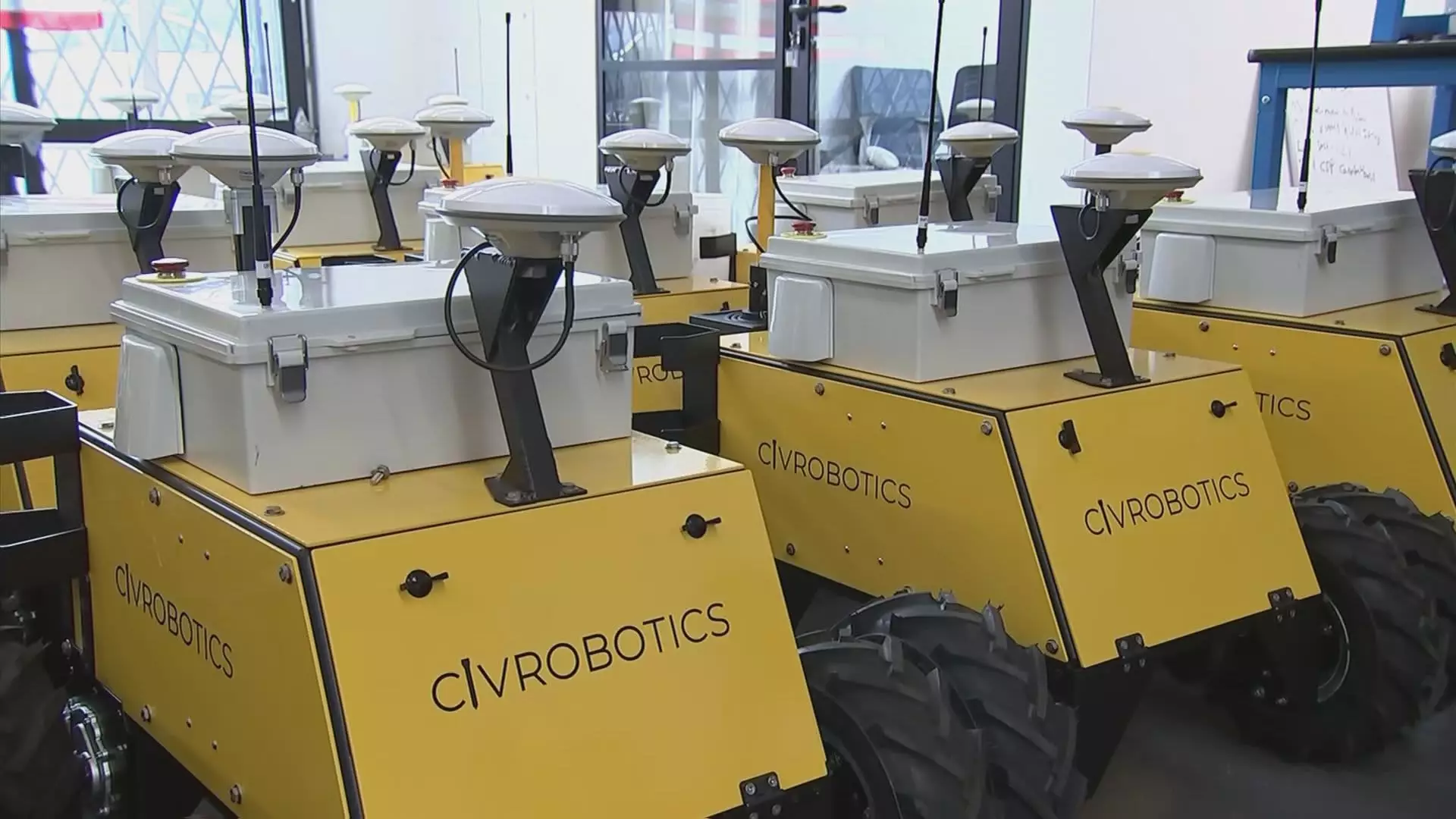The shift in renewable energy development from manual labor to automated precision marks a pivotal evolution in the industry. Despite diminishing government subsidies and support, private firms and technological advancements continue to push the boundaries of construction efficiency. Among these innovations, robotics stand out as game-changers, transforming tasks that once relied heavily on human effort into streamlined, cost-effective processes. This shift not only accelerates project timelines but also introduces unprecedented accuracy, safety, and adaptability to challenging terrains and weather conditions. The integration of autonomous robots like CivDot demonstrates a clear trajectory toward a future where renewable energy infrastructure is built faster, smarter, and more economically—qualities vital to meeting global sustainability goals.
Automation Meets Precision Engineering
The core breakthrough in this technological revolution lies in sophisticated navigation and geospatial mapping. Civ Robotics’ CivDot represents a new breed of construction automation tailored specifically for the demanding environments of renewable projects. Its ability to mark thousands of layout points daily with pinpoint accuracy—within a mere 8 millimeters—showcases the leap from traditional survey methods. Manual surveyors, often required to work for hours in rugged terrain, are now supplemented or replaced by these versatile machines. They effortlessly traverse uneven grounds, rocky deserts, and muddy fields, performing tasks that previously necessitated extensive labor and meticulous oversight. This shift signals more than just a cost-saving measure; it signifies a qualitative upgrade in the precision and reliability of project planning and execution.
Reconsidering Cost and Labor Dynamics
One of the most compelling aspects of these robotic solutions is their profound impact on labor economics. Conventional surveying and layout tasks demand highly skilled personnel who command significant wages. Deploying multiple crews with handheld devices is costly and time-consuming, often becoming a bottleneck in large-scale projects. CivDot’s automation reduces dependency on manual labor while increasing productivity—one robot can perform the work of several human surveyors within a fraction of the time. This not only translates into direct financial savings but also minimizes human exposure to hazardous environments, improving safety standards across the board. Companies like Bechtel have already observed yields that are nearly quadruple manual productivity, fundamentally altering the economic landscape of renewable project development.
Technological Resilience and Adaptability
The ruggedness of the terrains where renewable projects are located poses unique challenges. CivDot’s ability to operate across deserts, rocky terrains, and muddy sites is no small feat. Its design incorporates resilient tires and sufficient clearance to navigate obstacles—features that allow it to maintain operational continuity in adverse conditions. Battery technology further enhances its independence from traditional power sources, although considerations such as battery swaps remain integral to maintaining uninterrupted productivity. Such adaptability underscores the importance of flexible robotics that can handle the unpredictable realities of outdoor environments, ensuring that renewable energy projects remain on schedule regardless of terrain or weather fluctuations.
The Future of Construction Automation in Renewables
While competitors in the robotics sphere focus primarily on urban infrastructure like highways or sports fields, Civ Robotics’ targeted focus on renewable energy suggests a strategic advantage. As the industry continues its expansion into remote and challenging locations, specialized tools that cater to these needs will become increasingly vital. The backing from prominent venture capital firms and industry giants affirms confidence in this technology’s disruptive potential. As more projects adopt automation, the industry is poised for a radical transformation—where project timelines shrink, costs decline, and accuracy reaches new heights. This technological tide is not merely incremental; it is redefining the very blueprint of renewable energy construction.
Through embracing robotics and automation, the renewable energy sector demonstrates a compelling vision: a future where sustainability and efficiency go hand in hand, driven by innovative solutions capable of overcoming the most formidable natural landscapes. This is more than progress—it’s a revolution that promises to accelerate our transition towards a cleaner, greener planet.

